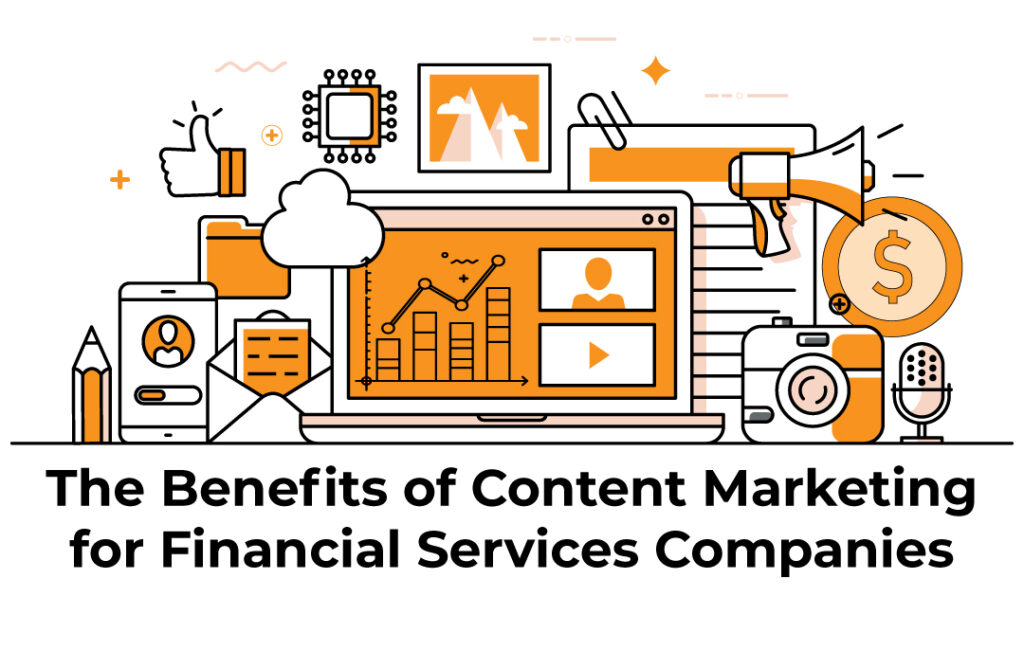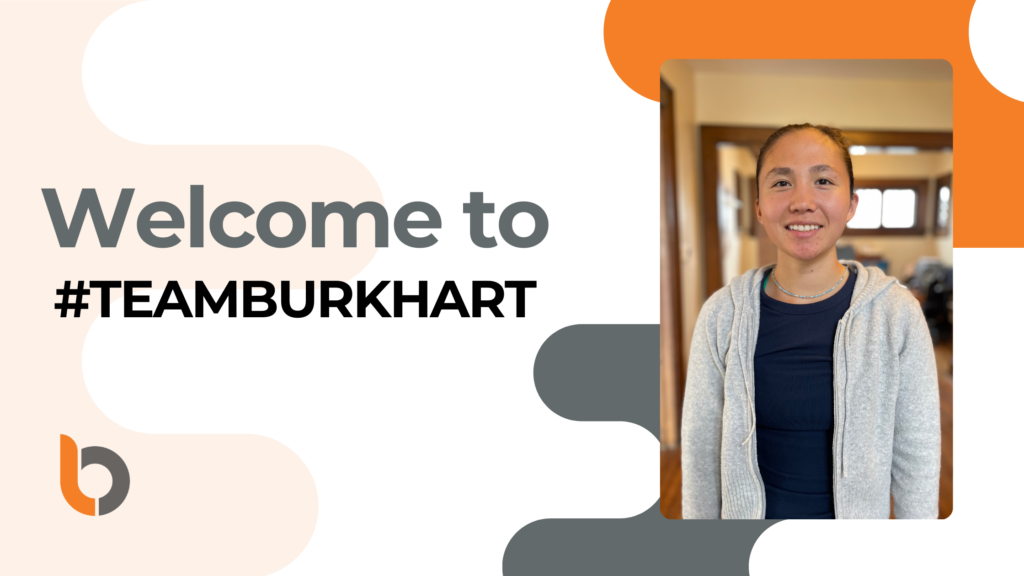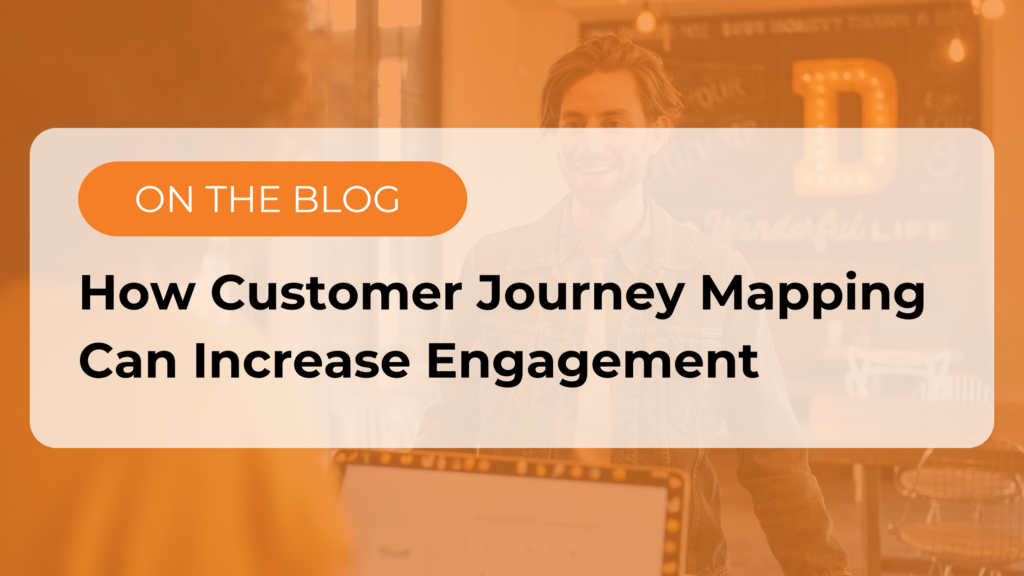Getting customers through the door is no mean feat. One of the best ways to improve your lead-to-sale conversion is to build an understanding of what the sales cycle looks like, and how you can move leads along at a faster clip (e.g. improve sales velocity).
Today, we’re going to look at that path to purchase, and the role content can play for each stage of a generalized sales cycle as prospects go from interested to qualified, proven and closed.
Stage 1: Initial Interest
This is when marketing really comes to the fore. This is both the process of someone finding your business/service and choosing to pursue your specific solution. Content has two jobs here.
First, engage with audiences so that they understand what your business/service does and how it helps them. When you talk about value propositions, this is usually where that work happens.
Second, because of how important Google and other search engines are for product/service discovery, content plays a critical role in getting your brand in front of interested eyeballs. Organic search is driven by digital content, so that’s where energy needs to go.
Relevant content
- Blog posts, articles and static web copy for SEO/engagement
- Pay-per-click ads
- Social media posts and social media ads
- Landing pages and lead-capturing forms
- Thought leadership pieces and content
Stage 2: Qualified Leads
The next stage is qualification. This is when leads move from interested to ready to buy. For this stage, lead nurturing becomes incredibly important.
For example, if 10 people land on your website (e.g. stage 1 leads) only one to two are going to be ready to buy now. But the other eight can be qualified with time. By leveraging lead-capturing forms, organizations can nurture those unqualified leads with content until they’re ready to buy. This is also where lead-scoring comes in, assigning points for each content/engagement activity and deeming a lead ‘qualified’ after it crosses a certain threshold.
Relevant content
- Email newsletters
- Email marketing/drip campaigns
- Value-add content (e.g. white papers, case studies)
Stage 3: Proven Leads
Next, the qualified leads need to actually be sold. This is the stage when leads are usually passed from marketing to sales, which is why most of this content is focused on supporting the sales staff (sometimes called sales enablement).
The point here is to increase sales velocity. That is, to move sales from qualified to closed faster to increase the growth. And secondly, to create repeatable processes so the skill of the sales staff can decrease — a necessary erosion of skill as businesses increase their sales staff. (You might hire one to two amazing salespeople, but you’re unlikely to find 100 amazing salespeople).
Relevant content
- Scripts, demos, pitch decks
- Use cases, leave behinds and case studies
- Micro-content — snippets, stats and facts/figures salespeople can drop into conversation
- Email templates/copy
 Stage 4: Close the Deal
Stage 4: Close the Deal
Finally, we get to closing. Most sales funnels assign deals that reach this stage a 95% chance of closing, so marketing plays a less significant role. However, there are still some things they can do to set up cross-selling/upselling opportunities, re-nurture lost leads and support closing.
Relevant content
- Sleek, professional proposals and contracts templates
- Up-selling sales cycles and add-ons
- Email marketing re-engagement campaigns/drips
- Retargeting campaigns with paid ads
Wrap up
When businesses first start out, developing a sales process usually takes a backseat. Serving existing clients and the natural charisma of founders/owners and the pressure of a small team keep sales velocity up.
But as organizations grow, that’s an unrepeatable process. Salesperson quality will naturally erode, low-hanging fruit gets consumed and the needs of the business expand. And that’s where a staged, content-driven lead-nurturing campaign comes in. With the right content deployed at the right time, organizations can increase sales speed, decrease pressure on sales staff and re-engage leads over time, ultimately driving a higher close rate.





